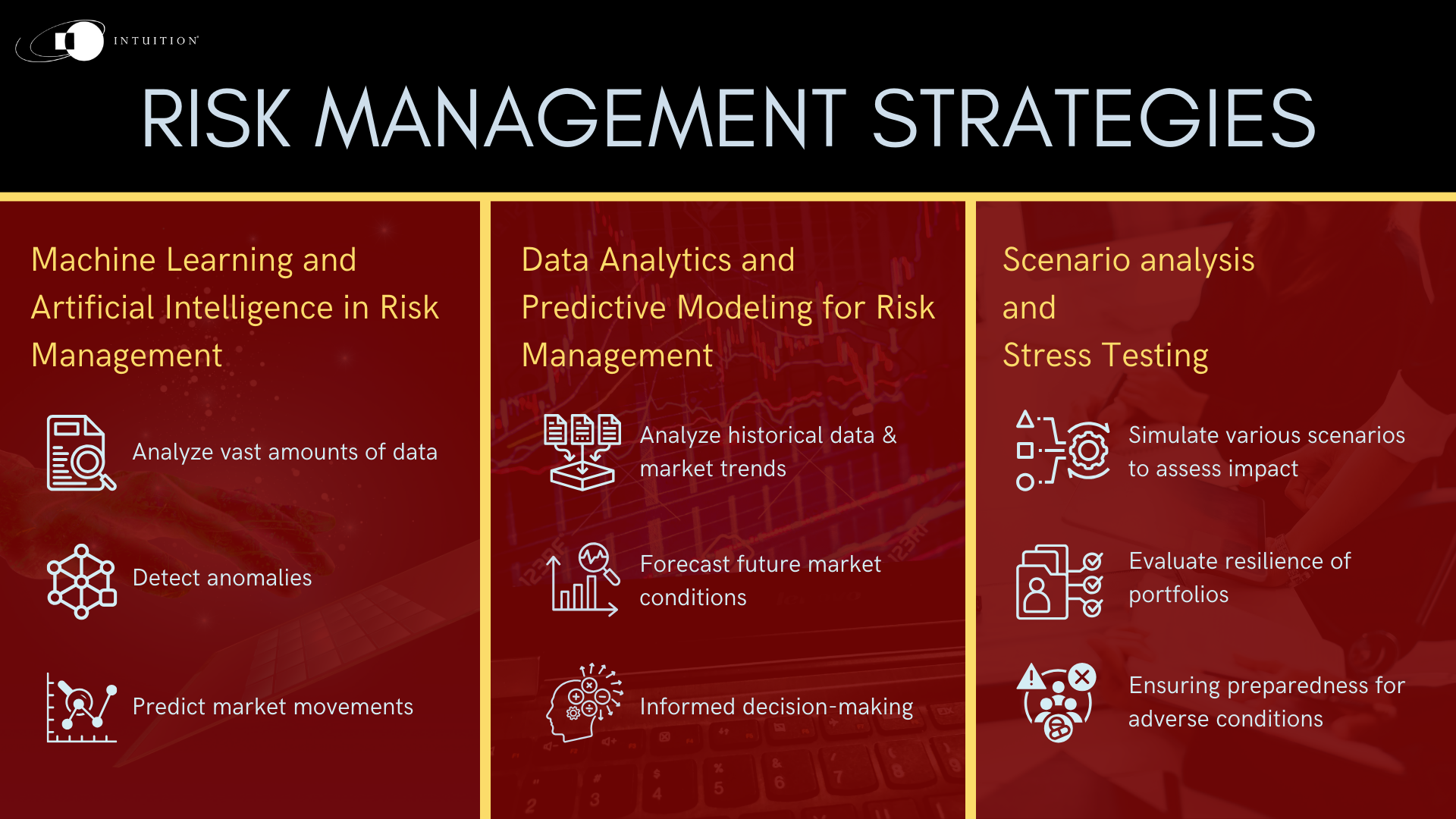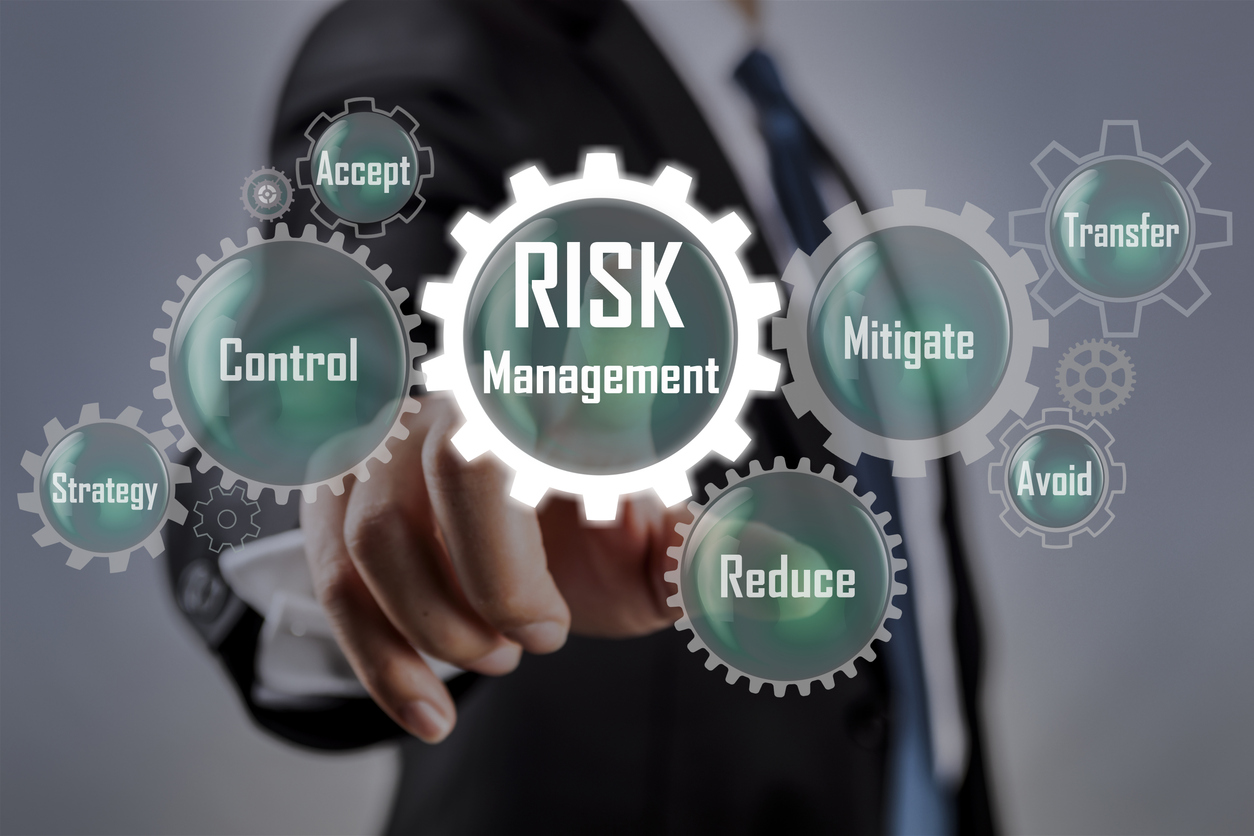Know-How: Effective risk management for asset managers

Introduction to risk management
Risk management is a vital component of asset management, enabling professionals to navigate the uncertainties and challenges inherent in the global market. It is crucial for asset managers to have a deep understanding of the various risks that can impact investment portfolios and develop effective strategies to mitigate them. The evolving nature of risks, including market volatility, regulatory changes, cybersecurity threats, and environmental factors, necessitates the development of strong risk management knowledge.
Understanding risk in asset management
In asset management, risk refers to the potential for loss or deviation from expected outcomes. It encompasses a wide range of risk factors, including market risk, credit risk, liquidity risk, operational risk, and reputational risk. Understanding these different types of risks is essential for asset managers to make informed investment decisions and protect the interests of their clients.
The role of risk management in asset management
It plays a critical role in asset management by identifying, assessing, and mitigating potential risks. It involves the implementation of strategies and processes to minimize the impact of adverse events on investment portfolios. Effective risk management enables asset managers to address risk-return trade-offs, enhance performance, and ensure compliance with regulatory requirements.
Evolving nature of risks in the global market
The global market is characterized by constant change and volatility. Asset managers need to stay abreast of emerging risks and adapt their strategies accordingly. Factors such as technological advancements, geopolitical developments, climate change, and regulatory reforms can significantly impact investment portfolios. To effectively manage risks, asset managers must embrace innovative approaches and continuously update their frameworks and knowledge bases.
Risk management strategies
In today’s complex market environment, asset managers need to leverage forward-looking strategies to manage risks effectively. This section explores some of the key strategies that can enhance risk mitigation efforts.
Machine learning and Artificial Intelligence
Machine learning and AI have revolutionized risk management in asset management. These rapidly-evolving technologies enable asset managers to analyze vast amounts of data, identify patterns, and make appropriate, data-driven decisions. Machine-learning algorithms can detect anomalies, predict market movements, and help to create effective strategies.
Data analytics and predictive modeling for risk assessment
Data analytics and predictive modeling techniques provide asset managers with valuable insights for risk assessment. By analyzing historical data and market trends, asset managers can identify potential risks and assess their potential impact. Predictive models help asset managers forecast future market conditions and make informed decisions.
Scenario analysis and stress testing
Scenario analysis and stress testing are powerful tools for risk management in asset management. Asset managers simulate various scenarios and assess the impact on investment portfolios under different market conditions. Stress testing helps asset managers evaluate the resilience of portfolios during extreme market events, ensuring preparedness for adverse conditions.
Continuous learning
Continuous learning is essential for asset managers to stay updated with the latest techniques and industry best practices. This section highlights the importance of continuous learning and the benefits it offers to asset managers.
In a rapidly-evolving market, asset managers need to expand their knowledge and skills continuously to adapt to changing circumstances. Continuous learning enables asset managers to stay updated on emerging risks, regulations, and innovative strategies. It enhances their decision-making abilities and increases their value as professionals.
Continuous learning offers several benefits to asset managers. It enables them to identify and assess new risks, develop effective risk mitigation strategies, and enhance their risk management frameworks. Continuous learning also fosters innovation, encourages critical thinking, and promotes professional growth.
Developing a learning culture in asset management firms
To facilitate continuous learning, asset management firms should seek to foster a learning culture across the organization. This involves creating an environment that encourages knowledge sharing, collaboration, and professional development. Asset managers should be provided with opportunities for training, mentorship, and access to relevant learning resources.
Leveraging Know-How for continuous learning
Intuition’s Know-How platform provides asset managers with a comprehensive digital learning solution for continuous learning. Know-How offers a wide range of courses, tutorials, case studies, and expert insights tailored to the needs of asset managers. Asset managers can leverage Know-How to deepen their understanding of risk concepts, develop practical skills, and stay updated with industry trends.
Know-How: The premier digital learning solution
Know-How is a premier digital learning platform designed specifically for the financial services industry. This section provides an overview of Know-How, highlighting its features and benefits for asset managers.
Overview of the Know-How platform
Know-How is a comprehensive digital learning platform that equips asset managers with the knowledge and skills necessary for effective risk management. It offers a vast library of content, covering various aspects of risk management, including market risk, credit risk, operational risk, and more. Know-How is trusted by leading asset management firms worldwide.
Content coverage for asset managers
Know-How provides extensive content coverage for asset managers, addressing their specific needs and challenges. The platform offers content on risk identification, risk measurement, risk management, regulatory compliance, and emerging risk trends.
Customizable learning paths
Know-How allows asset managers to customize their learning paths based on their specific requirements and goals. Asset managers can choose from a wide range of courses and create personalized learning journeys tailored to their individual needs. Customizable learning paths ensure that asset managers receive targeted and relevant content to enhance their risk management capabilities.

Conclusion
In conclusion, effective risk management is crucial for asset managers to navigate the complexities of the global market. Continuous learning and the adoption of innovative strategies are essential for sustained – and sustainable – success. Intuition’s Know-How platform equips asset managers with comprehensive courses, interactive tutorials, case studies, and expert insights, enabling them to develop the knowledge and skills necessary for effective risk management. By integrating Know-How into their risk management frameworks, asset management firms can enhance both risk-return trade-offs and performance and ensure compliance with regulatory requirements. Embracing continuous learning and leveraging Know-How’s expertise will perfectly position asset managers for future success in risk management.
Explore similar articles in this series:


